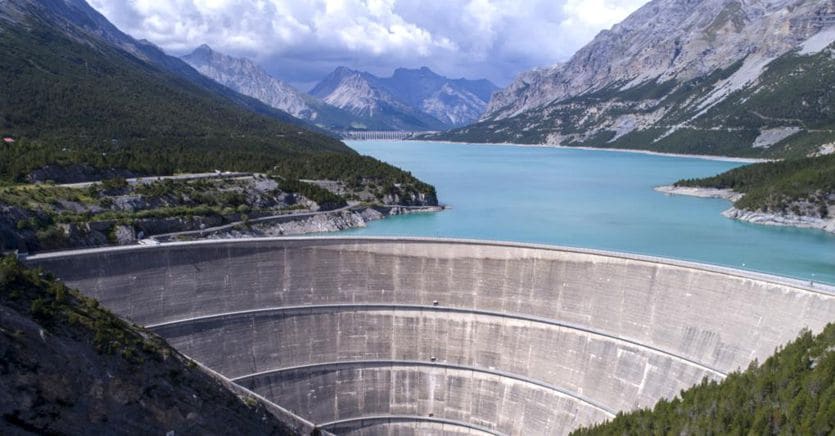Squeezing liquidity from the “extra profits” that producers of electricity from renewable sources can obtain by selling at the marginal price of the energy produced with gas is not an easy exercise.
The government is working on this and yesterday the Democratic Party also called for the adoption of new measures. While for Wednesday Giancarlo Giorgetti, Minister for Economic Development, convened the table with companies on expensive energy. Falling from above, however, horizontal charges that affect everyone without distinction has already proved harmful and at risk of unconstitutionality in Spain. Identifying a sustainable price threshold in a consensual way with operators, beyond which to make a contribution to support businesses and families in difficulty, is very cumbersome and requires a punctual system of checks against self-certifications of producers and sellers. Just like it is being done in the Iberian Peninsula.
In the face of all this, the probability that the receipts are lower than expected is high, less than what the state has already spent to calm the bills. A very approximate figure could immediately amount to around 2 billion on an annual basis: even if it is difficult to calculate a priori, without contracts in hand, because it depends on how much operators have actually sold at market prices in recent weeks (when they are peaks of 200 euros per megwatt hour have been reached against an average of 50-60 euros in the last 5 years) and not with long-term contracts.
It is also necessary to take into account the fact that that surplus earned is subject to a taxation of about 30%, so if the 600 million that would still be collected by the state have been removed, the incremental figure remains 1.4 billion. Much depends on which year of production is taken as a reference: the energy generated in 2022 or even in 2023? The basin to draw from changes significantly. The area in which to look for extra-profits is not so broad: of the approximately 290 terawatt hours (Twh) produced in Italy, the area to look at is hydroelectric generation, equal to 48 Twh, but from which several Twh produced with pumping (comparable in costs to thermoelectric generation). We assume 40 terawatt hours. And then there is solar: more than anything else the older photovoltaic systems, incentivized with the old “energy bill”. Something between 10 and 20 Twh.
In any case, a distinction must be made between those who sell with long-term fixed-price contracts (ie the majority) and those who sell on the market at spot prices. This difference can only be discovered by asking operators to self-certify purchase methods and prices applied on a certain date. The photovoltaic incentives with the “energy account” benefit from a support of 300 euros per mwh to which the price is added, whether it is that of a long-term contract or the price that is formed day by day. In theory, there are those who may have sold at very high prices in recent weeks: if we assume a price of 150 euros, for example, for 20 Twh it makes 3 billion, against industrial plans built on lower prices; for example, with 60 euros per mwh there would be revenues of 1.2 billion. In theory, the spread of 1.8 billion could be considered extra-profit: there is a good part with fixed-price contracts made a year earlier, however. The answer is probably somewhere in between.
